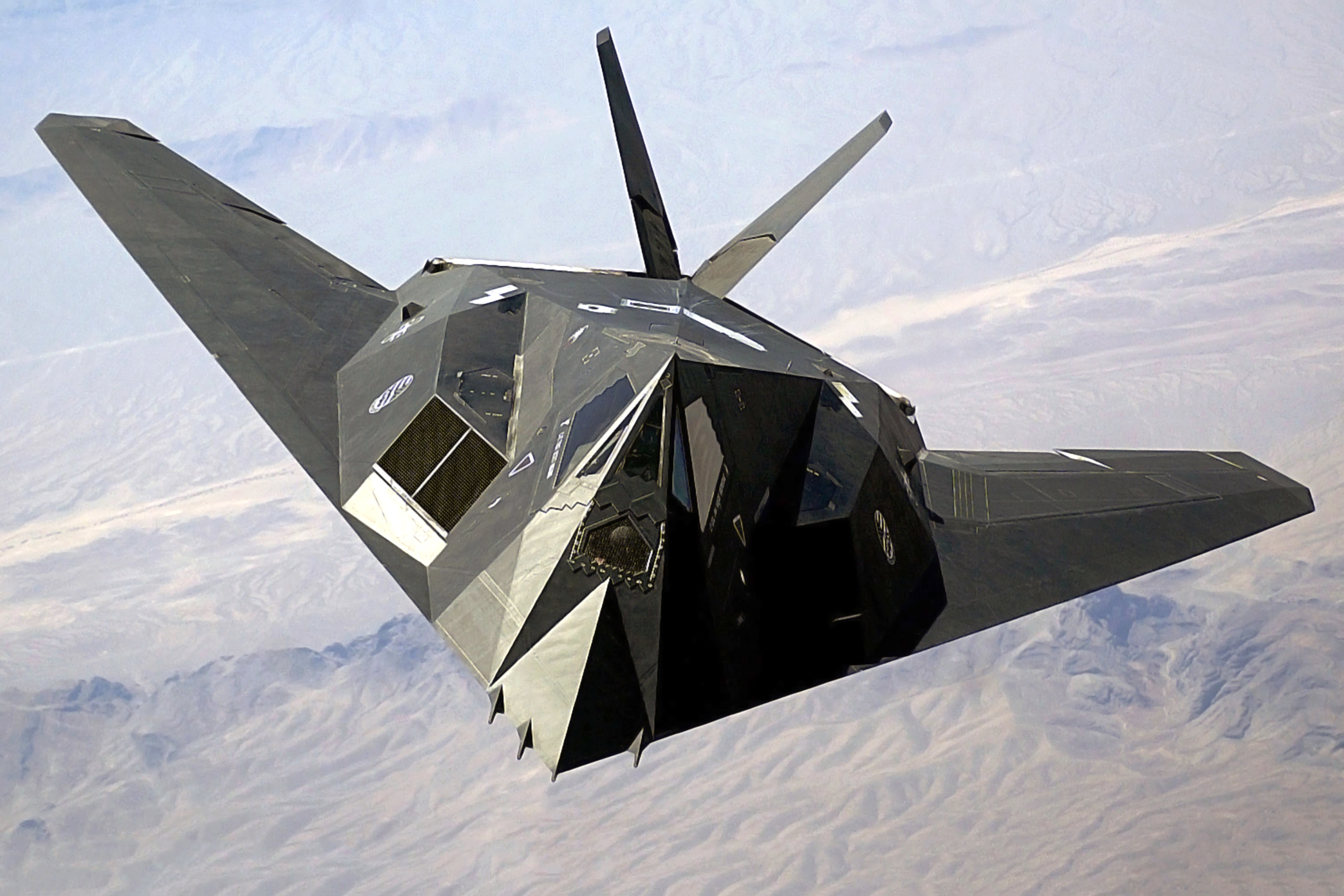... and, technically speaking, it ain't necessary, either. Unless, of course, you're holding a dunk contest. In that case, as we see from this dunk competition in the Chinese pro league--the CBA--it is necessary to the point of repetition.
I'm definitely not one to mock other cultures for how they play my game of choice; I have shared the blacktop with ballers all over the world, many of whom have at least semi-schooled me and my old-guy knees. But if you're going to hold a dunk contest, make sure it involves actual, like, dunking, e.g.:
It's a little perplexing, actually. At my athletic peak--and let's be honest, it was more of a big hill than a mountain--I could dunk a women's ball (which is slightly smaller than the men's version) using one hand on a regulation-height rim. So I don't totally understand how professional basketball players who are both taller and in better shape than I ever was are having a hard time with the relatively straightforward act of throwing the ball through the hoop at point-blank range.
On the other hand, the CBA is doing well, and China's love of basketball has attracted major attention from the NBA. So maybe it's only a matter of time before the "shoe stuck to the backboard dunk" is just another part of the sport's lexicon.
I'm definitely not one to mock other cultures for how they play my game of choice; I have shared the blacktop with ballers all over the world, many of whom have at least semi-schooled me and my old-guy knees. But if you're going to hold a dunk contest, make sure it involves actual, like, dunking, e.g.:
It's a little perplexing, actually. At my athletic peak--and let's be honest, it was more of a big hill than a mountain--I could dunk a women's ball (which is slightly smaller than the men's version) using one hand on a regulation-height rim. So I don't totally understand how professional basketball players who are both taller and in better shape than I ever was are having a hard time with the relatively straightforward act of throwing the ball through the hoop at point-blank range.
On the other hand, the CBA is doing well, and China's love of basketball has attracted major attention from the NBA. So maybe it's only a matter of time before the "shoe stuck to the backboard dunk" is just another part of the sport's lexicon.


















